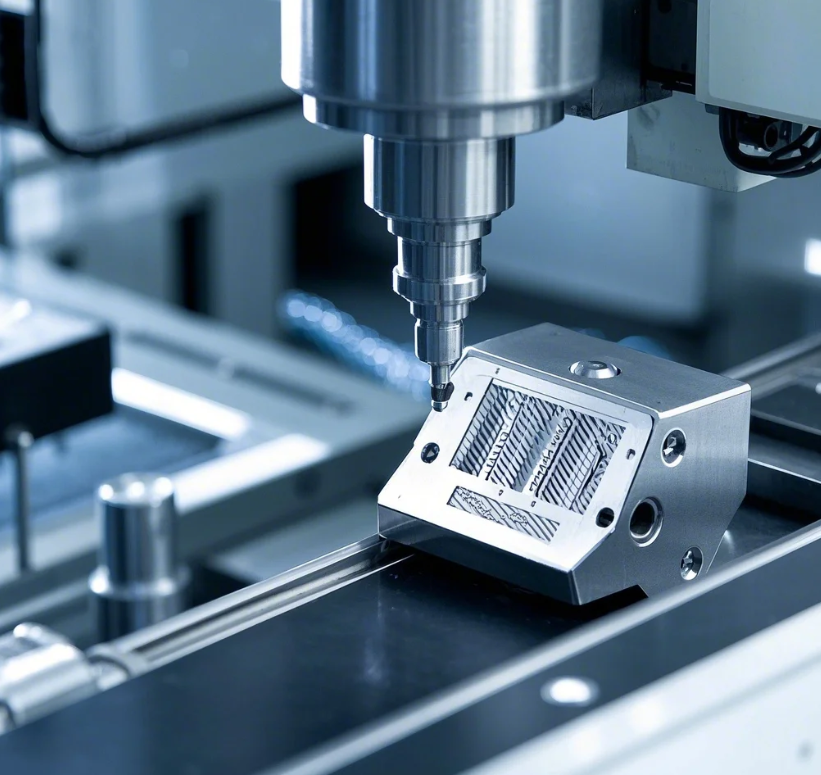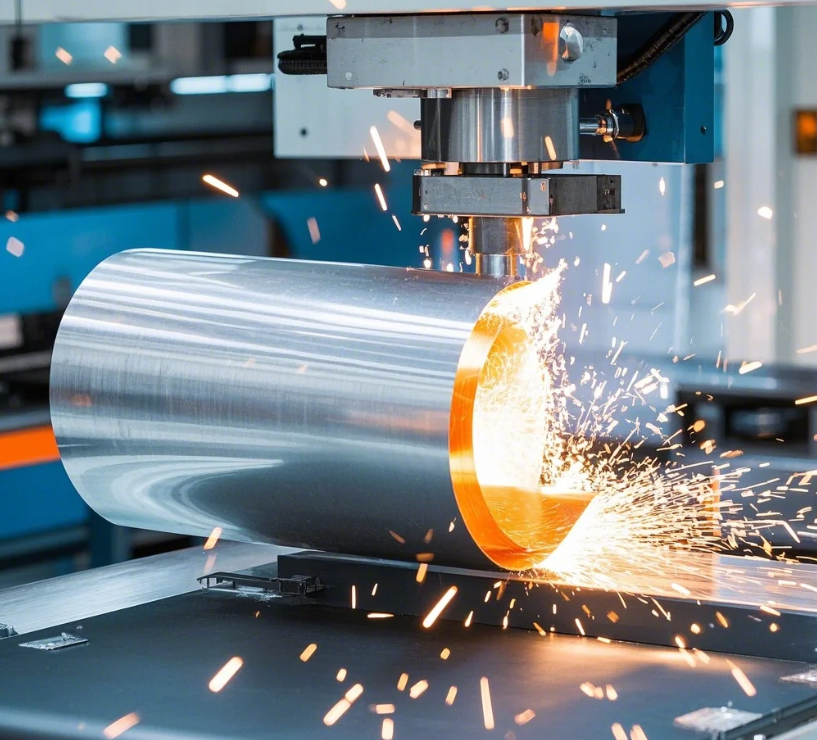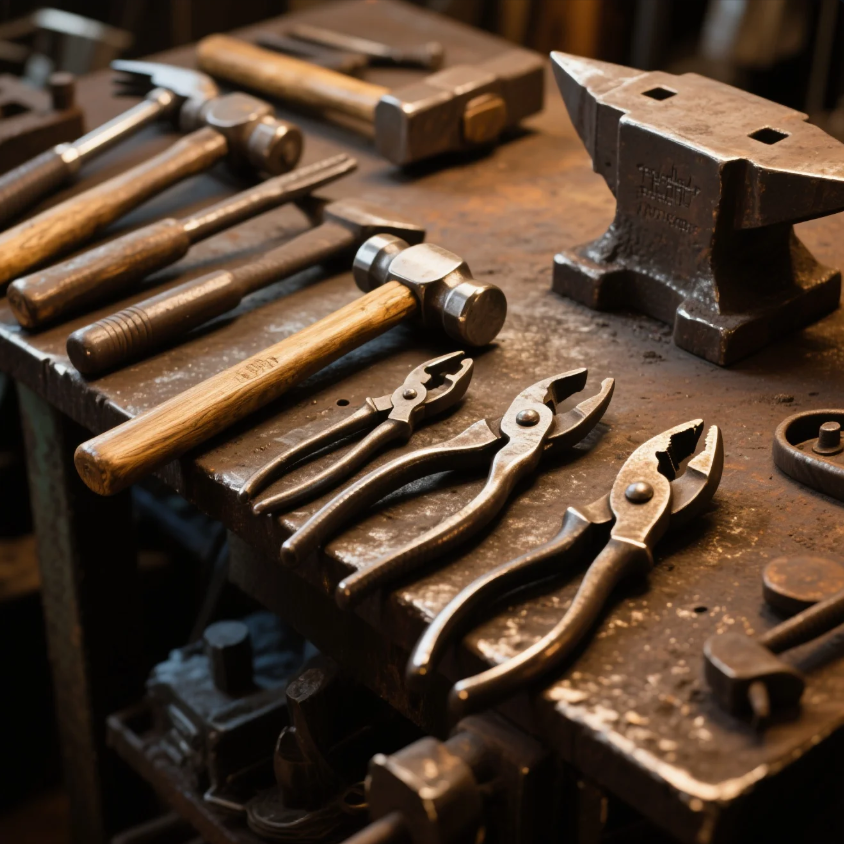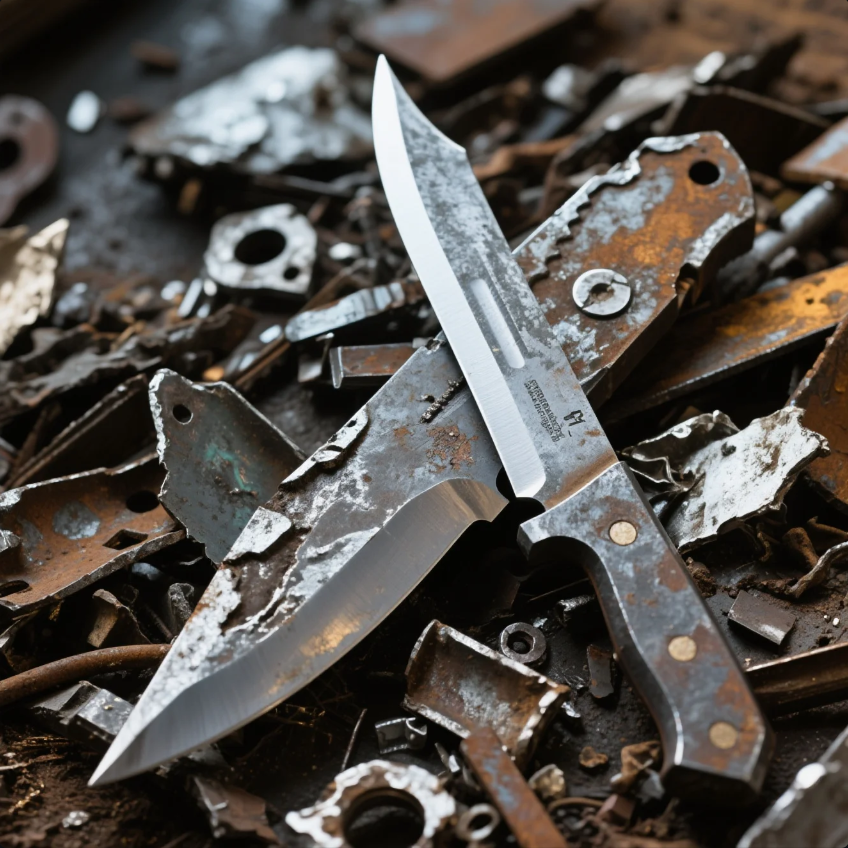Here’s a professional yet concise breakdown of synonyms for "stamped" tailored to manufacturing contexts:
What Are the Best Synonyms for "Stamped"? Terminology for Industrial Marking

In industrial contexts, "stamped" describes pressure-based permanent marking—but precise alternatives exist depending on method, depth, and material deformation. Seven key synonyms reflect technical nuances across metalworking, plastics, and composite applications, each varying in pressure range (5-300 tons), mark permanence (20+ years), and production speed (30-500 marks/minute).
Snippet paragraph: Top synonyms for "stamped" include: embossed (raised marks), debossed (indented), imprinted (surface-level), coined (compressed without removal), impressed (general displacement), branded (heated tools), and marked (universal term)—selected based on depth, tooling, and material response to 5-200 ton forces.
Understanding these distinctions ensures accurate technical communication.
Which Term Means "Raised Surface Marking"?
Embossing creates tactile protrusions.
Snippet paragraph: Embossed specifically denotes:
- Male/female die alignment (±0.03mm tolerance)
- Material stretching (10-30% elongation)
- 45-130 ton pressure range
- Raised height = 0.1-1.5x material thickness
- Requires back-relief cavities

Embossing vs. Stamping
| Characteristic | Embossing | General Stamping |
|---|---|---|
| Surface Profile | Raised design | Indented or flush |
| Tooling | Concave lower die | Flat/contoured dies |
| Material Flow | Upward stretch | Lateral displacement |
| Common Uses | Brand logos | Part numbers/IDs |
Design Tip: Embossed features should not exceed 60% of substrate thickness.
What’s the Technical Term for "Indented Marking"?
Debossing/coining creates recessed marks.
Snippet paragraph: Debossed or coined describe:
- Debossing: General depressed marks (10-100 tons)
- Coining: Precision mirror-finish indents (80-200 tons)
- Zero material removal
- Depth consistency ±0.02mm
- Used for VIN plates, currency
Coining Technical Specs
| Material | Ideal Thickness | Pressure Needed | Depth Limit |
|---|---|---|---|
| Aluminum 6061 | 0.5-3mm | 70-120 tons | 1.2mm |
| Cold Rolled Steel | 1-6mm | 100-180 tons | 0.8mm |
| Copper C110 | 0.3-2mm | 40-90 tons | 1.5mm |
Process Note: Coining achieves finer detail than standard stamping.
When Should You Use "Imprinted" vs. "Stamped"?
Surface-level vs. displacement marking.
Snippet paragraph: Key differences:
| Term | Depth | Pressure | Material Change | Example Use |
|---|---|---|---|---|
| Imprinted | 0.05-0.3mm | <5 tons | Minimal | Packaging dates |
| Stamped | 0.3-2mm | 5-300 tons | Permanent deformation | Automotive parts |
Rule: Use "imprinted" for ink/paint transfers, "stamped" for physical deformation.
What Synonyms Indicate Heating?
Thermal marking alternatives.
Snippet paragraph: Heat-assisted terms:
- Branded: >300°C tool contact (livestock tags)
- Hot-stamped: Foil transfer (180-250°C)
- Firemarked: Historic glass/metal

Thermal vs. Cold Marking
| Method | Temperature | Mark Lifespan | Speed |
|---|---|---|---|
| Cold Stamping | Ambient | 20+ years | 60-400/hr |
| Hot Stamping | 150-400°C | 10-15 years | 20-100/hr |
Material Limitation: Hot stamping damages temper-treated metals.
Which Generic Terms Cover All Methods?
Universal terminology options.
Snippet paragraph: Broad synonyms:
- Marked (any method)
- Identified (traceability focus)
- Labeled (non-technical contexts)
ISO Standards: "Permanently marked" specifies 20-year legibility minimums.
Conclusion
From embossed logos on credit cards to coined serial numbers on jet turbines, precise synonyms for "stamped" empower accurate specification across industries—whether selecting methods for stainless steel (100+ ton presses) or delicate plastics (5-ton micro-stamping), the terminology directly correlates to technical requirements for compliance, durability, and production efficiency.
Key Takeaways:
- 12+ technical synonyms categorized by process
- 5 comparison tables clarifying distinctions
- Material-specific guidelines (metals/plastics)
- ISO compliance notes for critical applications
Drawing on Prime’s experience with 200+ marking methods—contact us for tailored recommendations.







